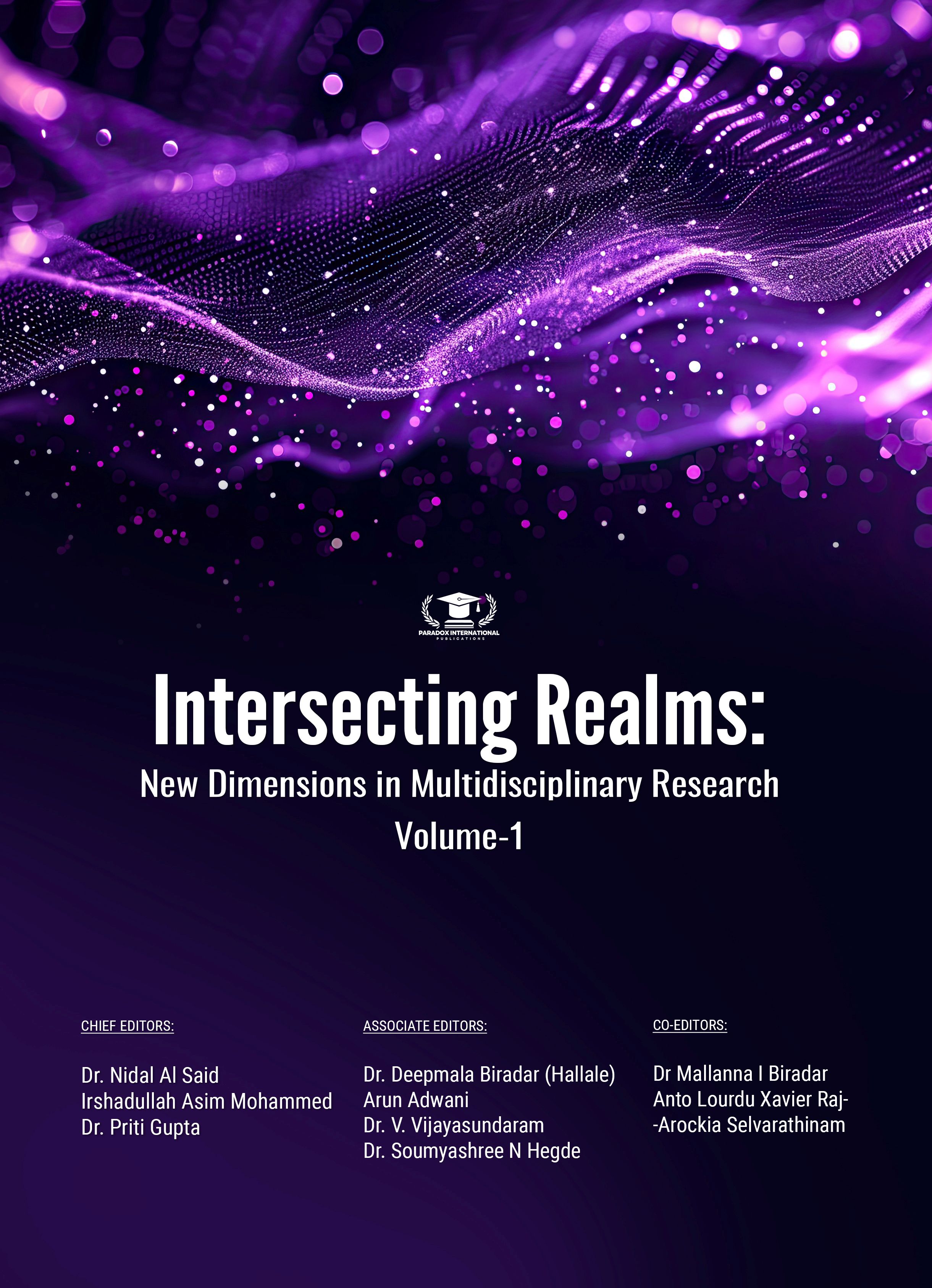BEHAVIORAL ADAPTATIONS OF URBAN WILDLIFE TO HUMAN ACTIVITY
DOI:
https://doi.org/10.25215/9348701223.34Abstract
Urban environments are rapidly expanding, resulting in profound changes to natural habitats and the behavior of wildlife species. As cities grow, animals living in or near urban areas are increasingly exposed to various human activities such as noise, light pollution, vehicular traffic, and altered food availability. This paper explores the behavioral adaptations urban wildlife exhibit in response to these anthropogenic pressures. Key adaptations include shifts in activity patterns (e.g., increased nocturnality), changes in foraging strategies, altered movement and escape behaviors, and habituation to human presence. These adjustments enhance the ability of certain species to survive and even thrive in urban ecosystems. However, such changes may also lead to ecological imbalances and potential conflicts with human populations. Understanding these behavioral shifts is crucial for developing strategies to promote coexistence and biodiversity conservation in urban settings.Published
2025-04-07
Issue
Section
Articles


